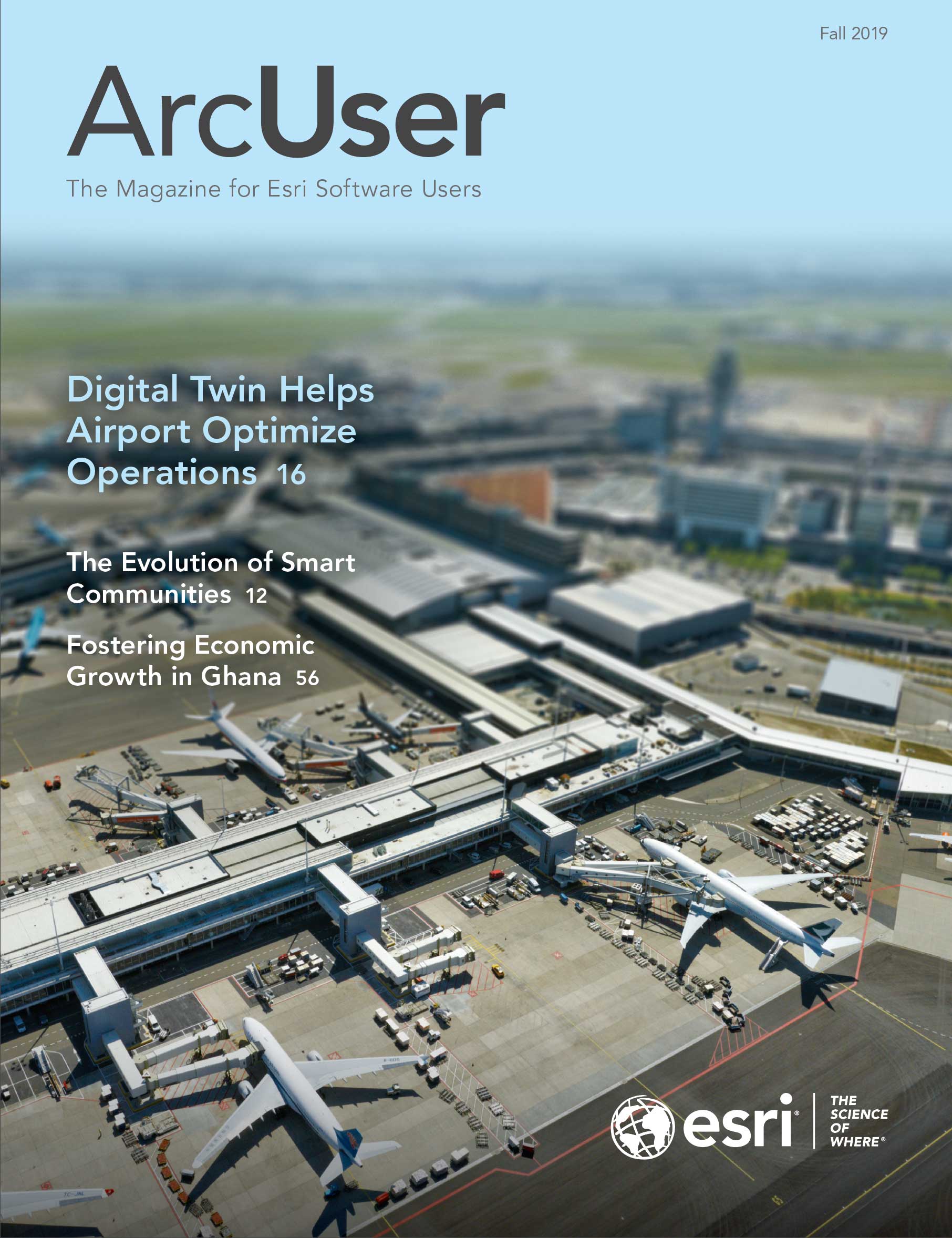We live in a data-crowded world. In his book Information Anxiety, Richard Saul Wurman has claimed that “A weekday edition of the New York Times contains more information than the average person was likely to come across in a lifetime in 17th-century England.” A quick check of the hard drive on my work computer shows that I have about 100 gigabytes of my own data. I’m not sure what all of it is or how many files are duplicates and junk, but that’s what the Properties tab says. We have access to terabytes and petabytes of data to do our work.
What to do with all this data? Plowing through it can take an inordinate amount of time. How do we make balanced, data-based decisions quickly?
One thing can help us: Location. It is commonly held that 80–90 percent of data has a geographic component or location. We often think of innovation as a new gadget, tool, or application, but innovation comes in many forms. There is incredible value in innovating with new thinking, analysis, and visualization using existing GIS tools that you may have overlooked.
Powered by services and easy to configure, Operations Dashboard for ArcGIS is an often underutilized GIS tool. Dashboards gather and distill data quickly into charts, graphs, and maps that enable rapid visualization and analysis of disparate data and deliver information at a glance. Emergency responders use dashboards extensively to combine data from different organizations in real time and inform their decisions. Not only can dashboards help make rapid decisions, they can also add new information for more complex decisions and monitor ongoing work in your organization. In either case, dashboards let you react more intelligently to changing circumstances.
ArcGIS Insights delivers more in-depth analysis, leveraging your spatial data and enterprise data in one app. You can study your data visually and use location, maps, and analytics with near limitless ways to extract information from your data. For example, maybe you want to understand the change of cost per square foot of property based on its distance from a city park. Also powered by services, Insights is easily configured to meet specific analytical and visualization requirements to uncover trends, patterns, data issues, outliers and much more. Insights—along with Operations Dashboard—incorporates the analytical capabilities of ArcGIS.
We’re swimming in a sea of data. Most of that data has a location or geographic element that often goes unused. We’re not all GIS experts, but because both Operations Dashboard and Insights are designed for the non-GIS user, these tools can unlock the information in data by leveraging analytics and visualization that deliver new insights and produce better decisions, enabling smarter communities. Giving managers and many others in your organization access to these powerful tools enables innovation. Successful organizations are known for innovation in its many forms.
Let’s innovate!
Let’s look at our data in different ways using GIS tools that help us make better decisions faster.
With GIS, we can quickly see what our data is trying to tell us.
We can See What Others Can’t.





